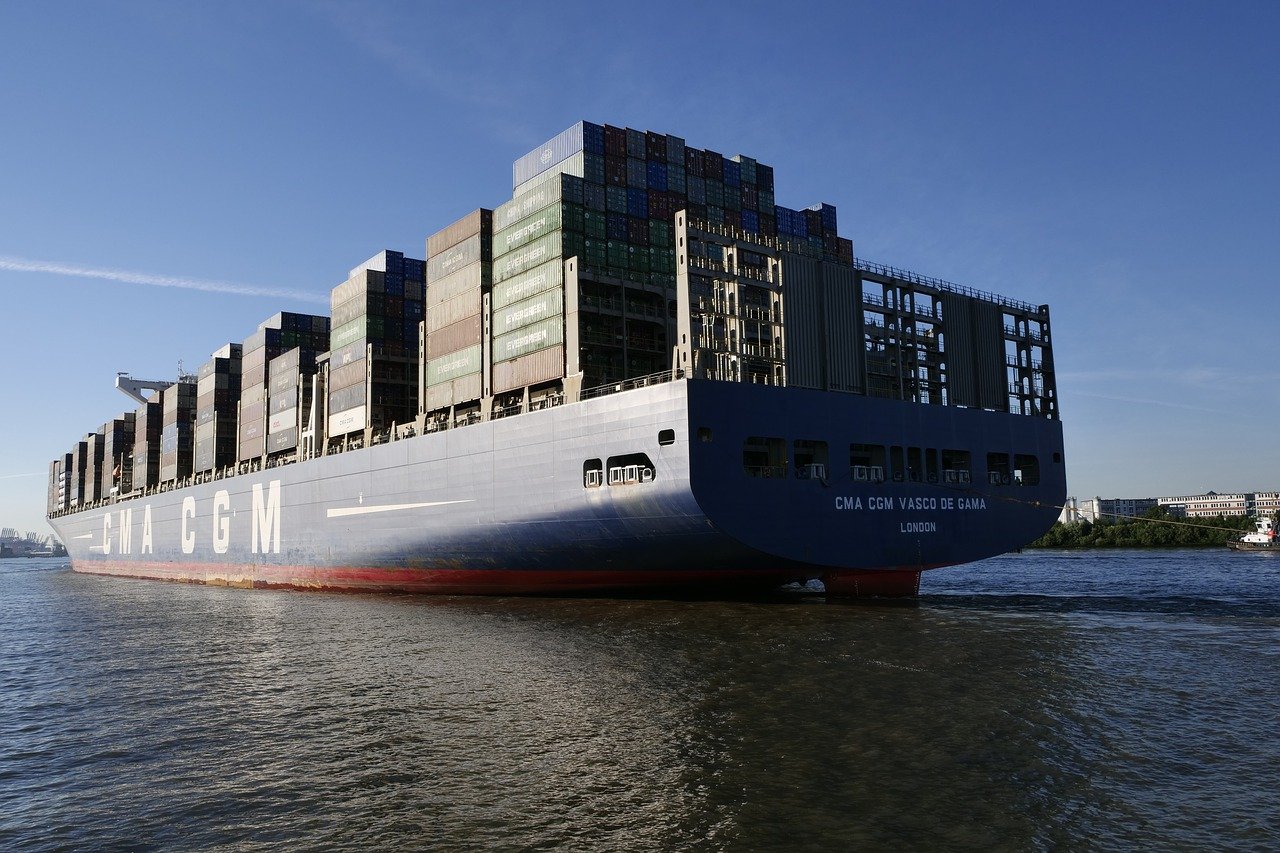In an unprecedented collaboration, the chief executive officers (CEOs) of leading global shipping lines have issued a joint declaration at COP 28. They call for an end date for fossil-only powered newbuilds and urge the IMO to create the regulatory conditions to accelerate the transition to green fuels.
The importance of shipping achieving the International Maritime Organization’s (IMO’s) 2030, 2040, and net-zero 2050 greenhouse gas (GHG) targets is very clear. The only realistic way to meet those targets for an industry that accounts for two to three per cent of global GHG emissions is to transition from fossil to green fuels at scale and at pace.
Reason for the CEOs of A.P. Moller-Maersk, CMA CGM, Hapag Lloyd, MSC, and Wallenius Wilhelmsen to together issue a declaration to make this happen.
Also read: Maersk signs landmark green methanol offtake agreement
Four regulatory “cornerstones”
Being at the forefront of introducing lower greenhouse gas (GHG) emission ships underscores the CEOs’ commitment to the IMO GHG reduction objectives for 2030, 2040, and 2050. As frontrunners, the CEOs are convinced that even closer collaboration with IMO regulators will produce the effective and concrete policy measures needed to underpin the investment within maritime shipping and its ancillary industries that will enable decarbonisation to occur at the pace required.
Their joint declaration calls for the establishment of four regulatory “cornerstones”:
- An end date for new building of fossil fuel-only vessels and a clear GHG Intensity Standard timeline to inspire investment confidence, both for new ships and the fuel supply infrastructure needed to accelerate the energy transition.
- An effective GHG pricing mechanism to make green fuel competitive with black fuel during the transition phase when both are used. This can be done by distributing the premium for the green fuels across all the fossil fuel used. With low initial volumes of green fuels any inflationary effects are minimised. The mechanism must also feature an increasing regulatory incentive to achieve deeper emissions reductions. Furthermore, beyond covering the ‘green balance fee’, revenue generated by the mechanism should go to an RD&D fund and to investments in developing countries to ensure a just transition that leaves no one behind.
- A vessel pooling option for GHG regulatory compliance where the performance of a group of vessels could count instead of only that of individual ships, ensuring investments are made where they achieve the greatest GHG reduction and thereby accelerating decarbonisation across the global fleet.
- A Well-to-Wake or lifecycle GHG regulatory basis to align investment decisions with climate interests and mitigate the risk of stranded assets.
Also read: CMA CGM and Maersk join forces on decarbonisation
‘A.P. Moller-Maersk wants to accelerate the green transition in shipping and logistics and a crucial next step is to introduce regulatory conditions, which ensure that we create the most greenhouse gas emission reductions per invested dollar,’ says Vincent Clerc, CEO of Maersk. ‘This includes an efficient pricing mechanism to close the gap between fossil and green fuels and ensuring that the green choice is easier to make for our customers and consumers globally. The momentum for green fuel is building and we are pleased to see strong partnerships across the industry.’
Rodolphe Saadé, chairman and CEO of CMA CGM, adds: ‘Climate change is a general concern, not a matter of competition. The CMA CGM Group is extremely pleased to join this unique Coalition, which brings together leading shipping companies to urge to the adoption of the upper targets of the IMO trajectory. By collaborating with others, we each take a new step in our energy transition, while ensuring a collective level playing field and access to greener fuels for the industry.’
Saadé continues: ‘We have already invested close to USD 15 billion in decarbonising our fleet, which will enable us to have almost 120 vessels capable of being powered by decarbonised fuels by 2028. Pioneer in LNG as a transition energy, our Group has also launched several large industrial partnerships to diversify our sourcing with even more decarbonised fuels.’
Also read: LR, SDARI, MAN & MSC to develop ammonia-fuelled container ship
‘We believe that a regulatory framework and clear targets are crucial to accelerating the introduction of alternative fuels and reducing our carbon footprint,’ states Rolf Habben Jansen, CEO of Hapag-Lloyd. ‘This commitment is in line with Hapag-Lloyd’s goal of achieving a net-zero carbon fleet by 2045.’
Soren Toft, CEO of MSC: ‘At MSC, our fleet renewal strategy includes 100 dual-fuel vessels. The support of Governments across the world will be an essential element to reach our common goal […]. Without the full support from other stakeholders particularly energy providers it will be extremely difficult to meet the objectives – no one can do this alone.’
Lasse Kristoffersen, president and CEO of Wallenius Wilhelmsen, concludes: ‘At Wallenius Wilhelmsen we have decided to be a shaper of the journey to net-zero and focus our investments in supporting this ambition. Our customers want to partner with us on the voyage. Now, we need a global regulatory framework matching this ambition to drive the investments needed at a global scale.’
Also read: Wallenius orders MAN methanol engines for car carriers








